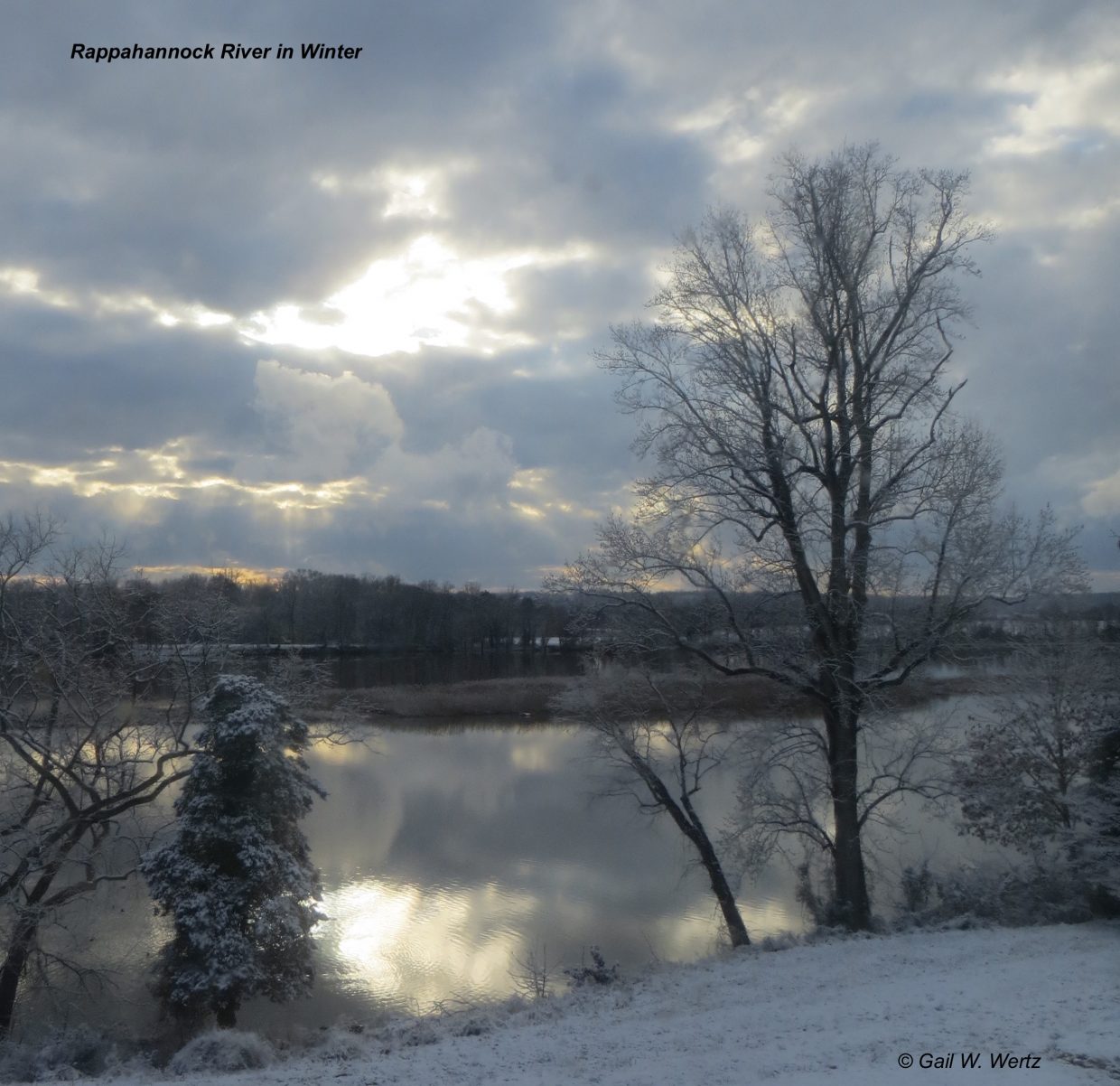Listening and Learning: Maximizing Information Recovery by Consulting with Descendant Native Americans and Collaborating with Landowners
Until 5 years ago, if asked my profession, I’d have said I’m a scientist engaged in basic biomedical research to combat viral diseases. I’d moved my laboratory to the University of Virginia in early 2005, and my husband and I bought a farm along the Rappahannock, one of Virginia’s most undeveloped rivers. We converted the farm from row crops to sustainable pasture and were surprised by how often we found projectile points or fragments of worked stone when putting a shovel in the ground. I learned that our neighboring farmers had large collections of Native American artifacts found while tilling their fields. Despite being on the populous East Coast, rural farmland contained abundant Native American material culture. Knowing little about early Indigenous history, I began sneaking out of my lab in the afternoons to sit in on anthropology courses. Soon, I began taking them for credit.
I learned about the English establishing a colony in the midst of the empire of the great Algonquian Chief Powhatan, who, despite the advice of his brother, Opechancanough, chose to trade with the English, rather than eliminate them. He viewed them as a source of prestige goods, such as copper. The English survived, likely because they traded (or in some cases, stole) food from the Powhatans. Aggressive colonial expansion ensued. The majority of Indigenous lands, especially along major rivers, were taken by means mostly foul, rather than fair.
When the English arrived, Capt. John Smith mapped 43 Native American villages along the Rappahannock River. Sixty years later, a map by Augustine Herrman showed 3 Indian villages and over 100 plantation houses along the Rappahannock. The maps might suggest that the Indigenous groups had disappeared, but more likely survivors relocated or consolidated with other tribes, sometimes away from their traditional lands. The descendant peoples and oral tradition of Virginia’s Rappahannock Tribe for example, make it clear that they persisted.

The point is, here in the East, most riverfront land no longer belongs to the Indigenous groups that originally lived there. Only a few Native American nations in the Chesapeake region have government-recognized reservations. As a result, the material culture that speaks to their history, such as the abundant remaining Indigenous artifacts, now belongs to current landowners, making it difficult for Native Americans to access the archaeological evidence of their history.
Now, I do archaeology. The impetus for changing fields was observing how the rich archaeological evidence of Indigenous peoples stretching back over 12,000 or more years here along the Rappahannock River was being lost to development and destructive practices like gravel mining, and was not accessible to descendant Native Americans. While pursuing my Master’s degree in the graduate program in archaeology at William & Mary, I was guided by archaeologists sensitive to concerns of Native Americans regarding archaeology of their cultural objects. I collaborated with farmers owning land along the river who were willing to have their lithic collections analyzed to recover the archaeological information they contained, and worked in consultation with present-day Rappahannock Tribe members for input on research questions and data interpretation. Communication was key to optimizing recovery of archaeological information.
The associated research – Collaborating with Farmers to Recover Indigenous Archaic Period History from Private Lithic Collections in Virginia’s Rappahannock River Valley – is published in Advances in Archaeological Practice and freely available to read until the end of May 2022.






